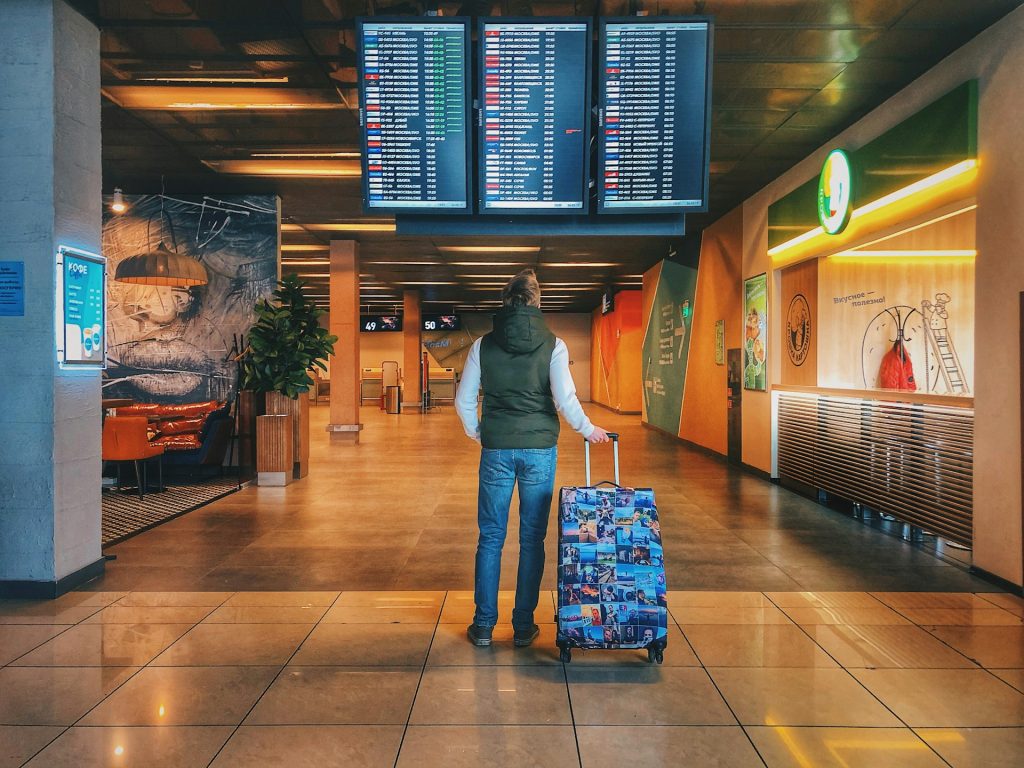With the implementation of new tourist tax regulations on 14th February 2024, anyone considering a trip to Bali needs to pay a tourist levy to enter the island. Here’s everything you need to know about the new Bali tourist tax.
What is the Bali tourist tax?
Bali tourist tax or levy is an initiative from the Bali government to preserve Bali’s nature and culture through preservation, revitalisation and conservation. This tax is regulated in detail in Law Number 15 of 2023 and has been implemented in all Bali gateways since 14th February 2024.
Not everyone will be taxed though. Only foreign tourists with tourist visas must pay the levy. If you are the following people, you are exempted from tourist tax:
- Holders of diplomatic Visa
- Holders of KITAS and KITAP
- Holders of Family Unification Visa
- Holders of Student Visa
- Holders of Golden Visa
- Holders of Business-related Visa
- Crew of a ship or plane that docks or lands on the Bali mainland
Again, the tax is imposed by the Bali Provincial government, not the national government — meaning it’s only exclusive to those who are planning to travel to Bali for tourism purposes.
How do you pay the new tourist tax for Bali?

Every foreign tourist is obliged to pay the levy and the amount is Rp150.000 or roughly 10 USD. You can pay the levy through the Bali website or the Love Bali App, which you can download from the Google Play Store or App Store. For a smooth trip, we recommend that you make tax payments before your arrival in Indonesia.
Here is a step-by-step guide to paying your tourism tax.
Online
You can virtually make tax payments on any platform and device available. Whether you’re using an Android or Apple device, you can follow these steps:
- Download the Love Bali app from the Google Play Store or App Store.
- Open the Love Bali app and click the Tourist Levy button.
- You will be redirected to the Tourist Levy Form.
- Select the payment method (credit card, bank transfer, or QRIS).
- Enter your personal and payment details, such as full name, email, passport number, and arrival date.
- Make sure you put an active email address since it’ll be used to receive the levy voucher.
- Complete the payment.
- Done. You will be given a QR code or Levy voucher and you can scan it at the airport.
If you’re doing the tax payments on a browser, you can visit the Love Bali page. It’s more straightforward and can be accessed practically on any device. The step is more or less the same as the one previously mentioned.
In-person
If you prefer to do it in person, you can directly pay the levy at the International airport or seaport in Bali. Currently, there is only one International airport and several seaports in Bali. The tourist fee is Rp150.000 or 10 USD, the same as the online method.
The history of Bali tourist taxes
Levies for foreign tourists are nothing new in Bali. Previously, the Bali provincial government had implemented Regional Regulation No. 1 of 2020 about Tourist Contributions. Even though it sounds “the same” on paper, this regulation is voluntary, i.e. not mandatory.
Now, the government is more assertive in regulating tourism levies for the sake of Bali’s sustainability by issuing stronger regulations.
What will the revenue be used for?
The implementation of this levy is certainly not without purpose. There are several important initiatives and objectives that the government aims to achieve using these funds:
- Maintaining the richness of Bali’s unique cultural heritage, from customs and traditional arts to local Balinese wisdom.
- Strengthen efforts to preserve the natural environment in Bali, keeping the island beautiful and reducing the negative impact of tourism on the environment.
- Improving the overall tourist experience through preserved natural beauty and cultural heritage.
Frequently asked questions about the tourist tax
Who imposes the tourist tax on the tourists?
The provincial government of Bali is the one who imposed the tourist tax. Therefore, the levy is exclusive only to travellers coming to Bali. You will not have to pay the tax when you’re visiting other beautiful islands like Lombok.
Who has to pay the tourist tax?
Only those who are visiting Bali for tourism purposes, i.e. Visa On Arrival holders and Single Entry Tourist Visa holders.
Who is exempted from the tourist tax?
Not everyone is obliged to pay the levy. As suggested by the tax’s name, it only applies to tourists. You are exempted from the levy if you are a holder of KITAS and KITAP, family unification visa, student visa, golden visa, business-related visa, diplomatic-type visa, or crew of a ship that docks or lands on the Bali mainland.
How much does the levy cost?
The levy is Rp150.000 or the equivalent of 10 USD or 15 AUD.
How can I pay the Bali tourist tax?
You can pay the levy both online and offline. For the online method, all you have to do is open your browser and navigate to the Love Bali official website at http://www.lovebali.baliprov.go.id/. Then, select your payment method and enter the required information such as full name, active email, passport number, and date of arrival. After you complete the payment, you will receive a QR code which you can scan at the airport after your arrival.
I’m hopping from Bali to Lombok and back again to Bali, do I need to pay the tax twice?
The Bali administration stated that the levy is only paid once while travelling in Bali before the person leaves the territory of the Republic of Indonesia. How it will be implemented is not yet clear, but according to the statement, you will not have to pay another tourist tax as long as you’re staying in the country.
Conclusion
The tourist tax has been effective since 14th February 2024. While some fear that the levy would deter visitors from travelling to our beloved island, the Balinese government announced that it has proved to be a success, raising over $100,000 in revenues for planned improvements to the island’s tourist infrastructure.
If you find this information helpful, you can find another update on government regulations and immigration laws in our blog here. You can also consult with our specialists to guide you through any Indonesian visa extension or application, be it Working KITAS, Family KITAS, or any other type of visa.




